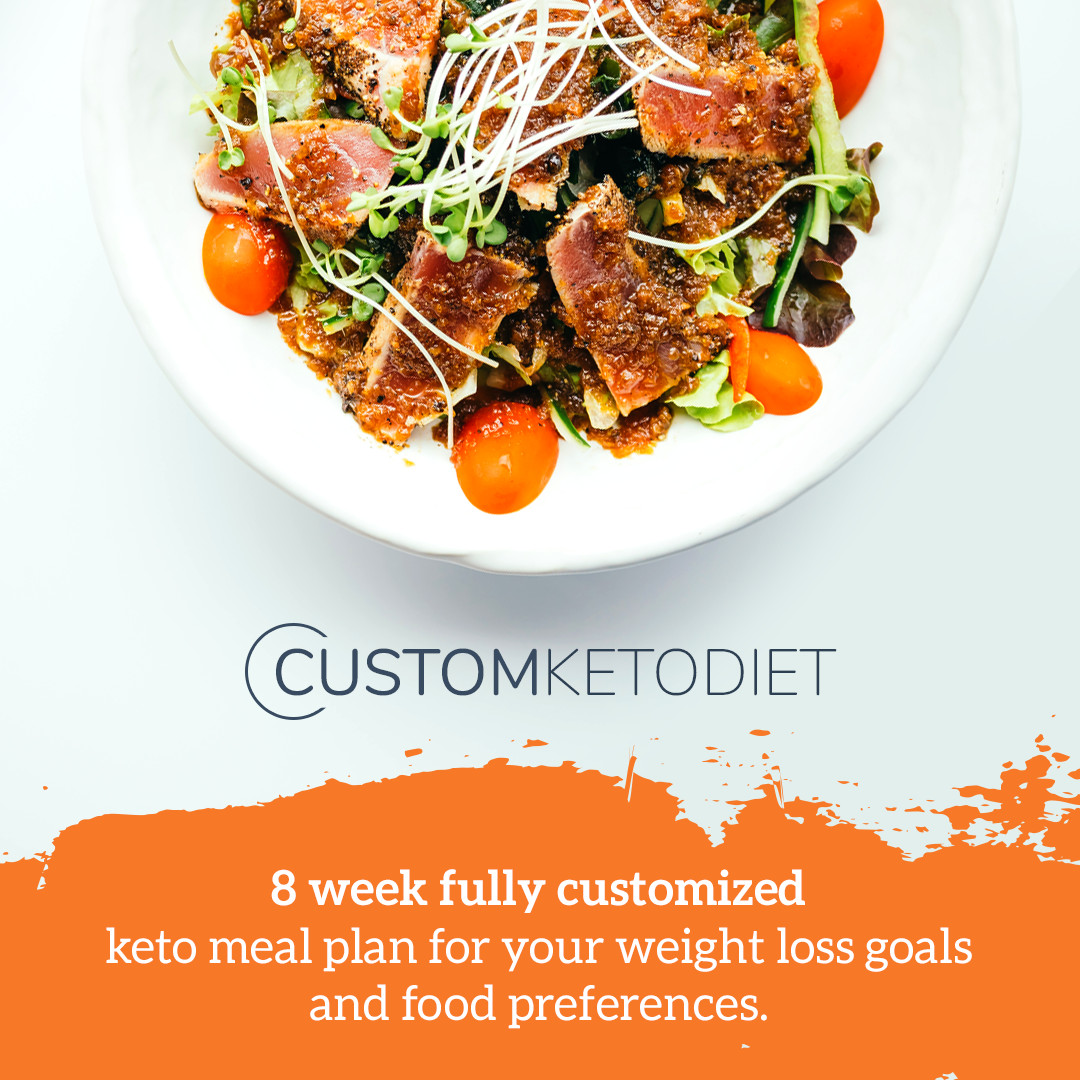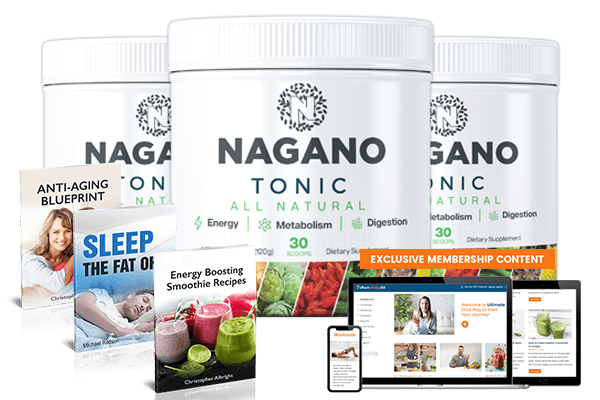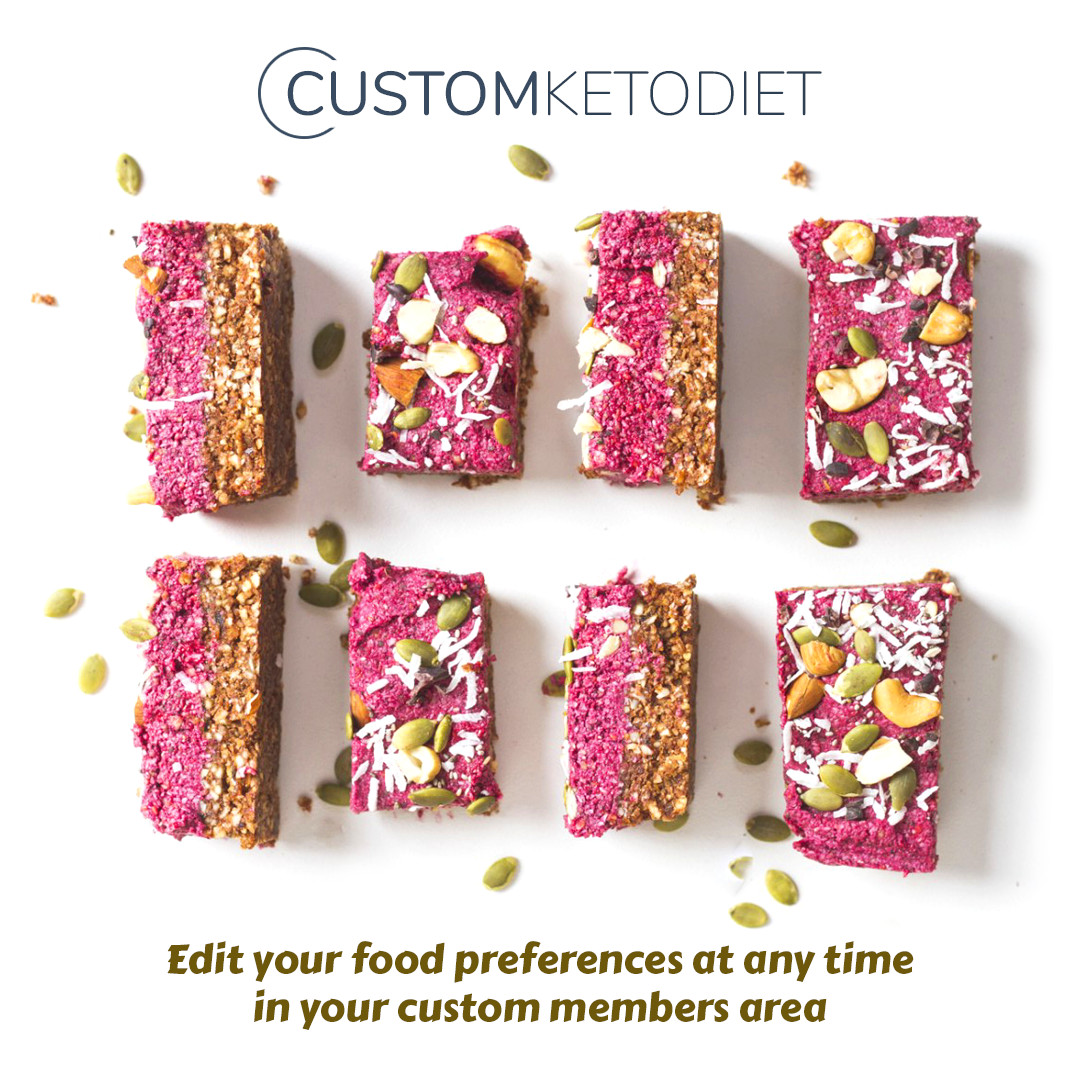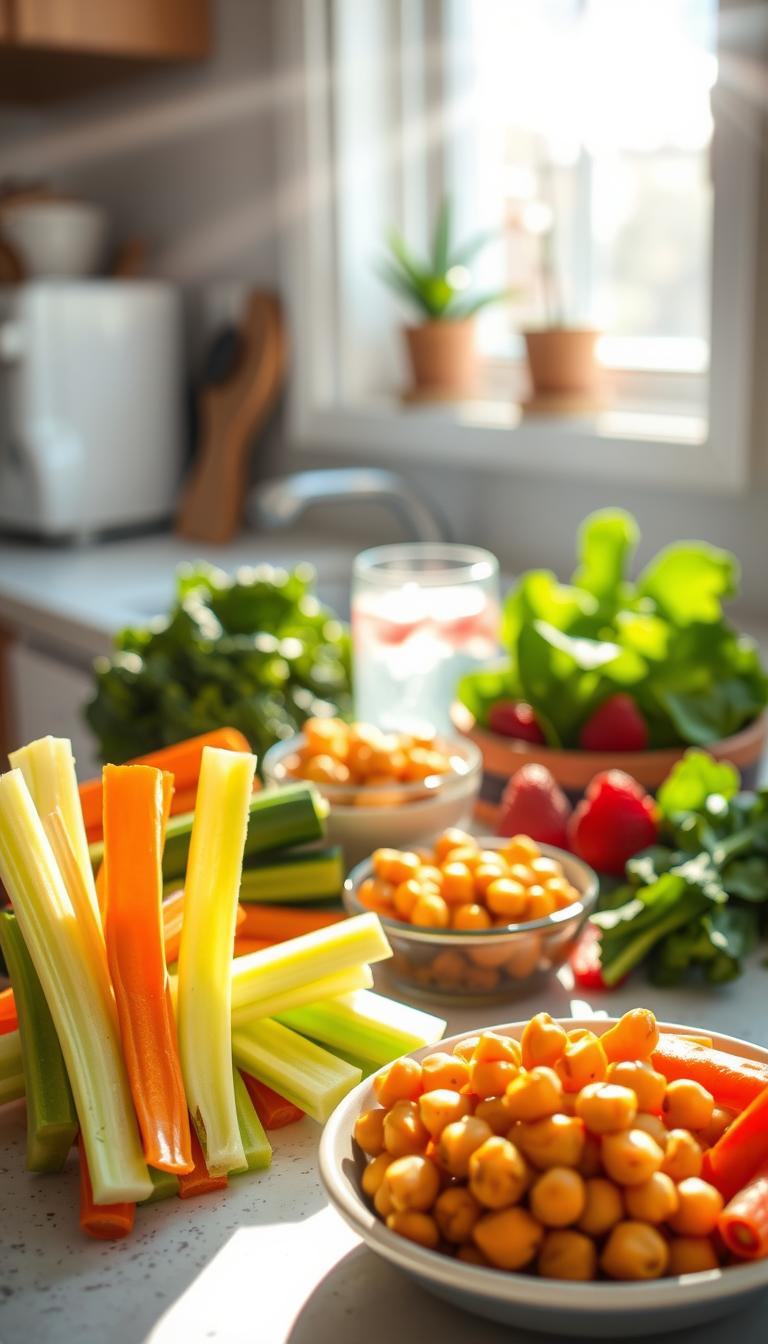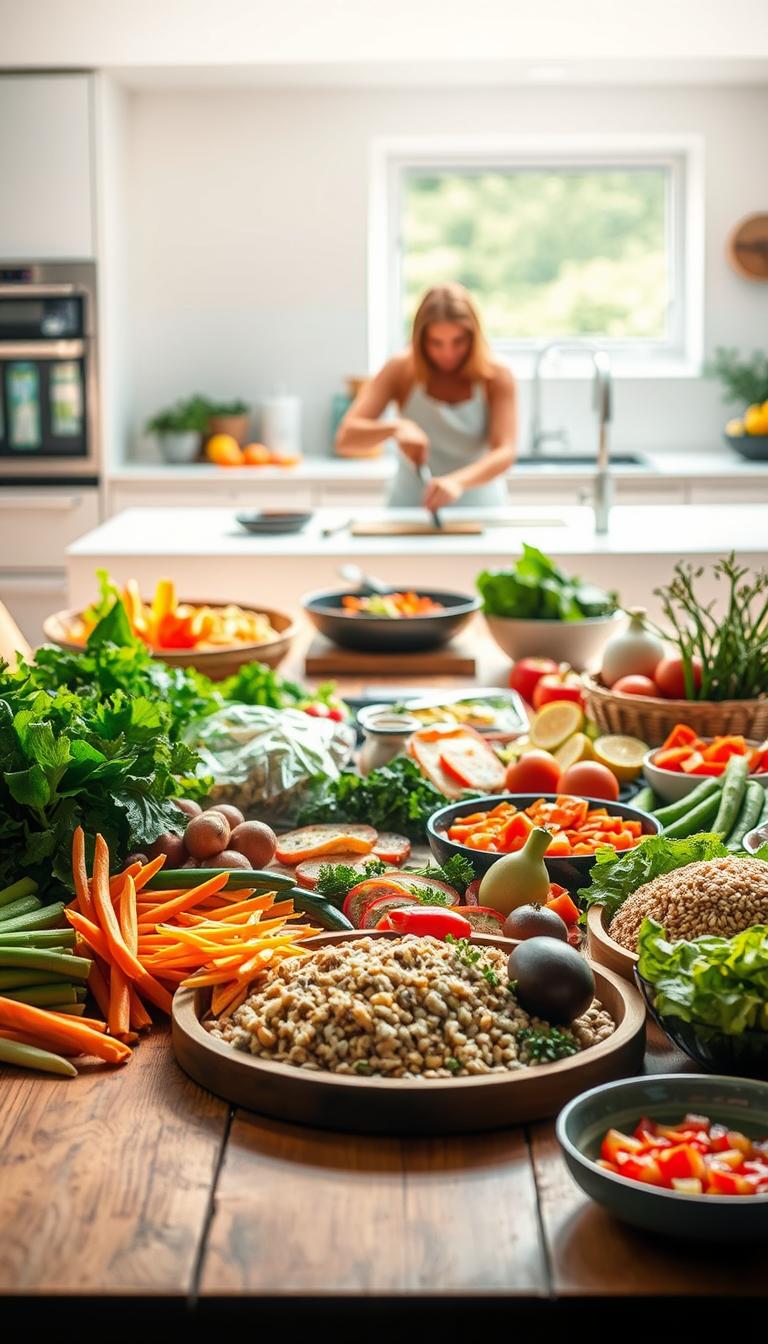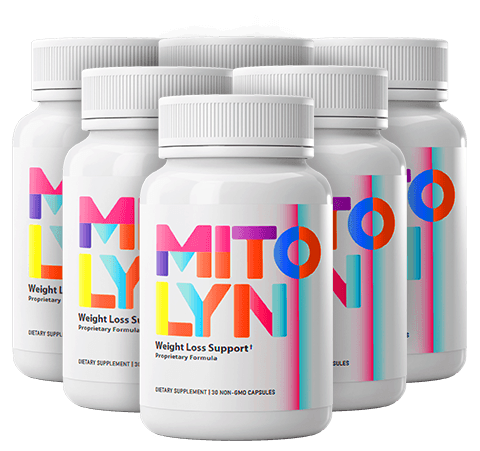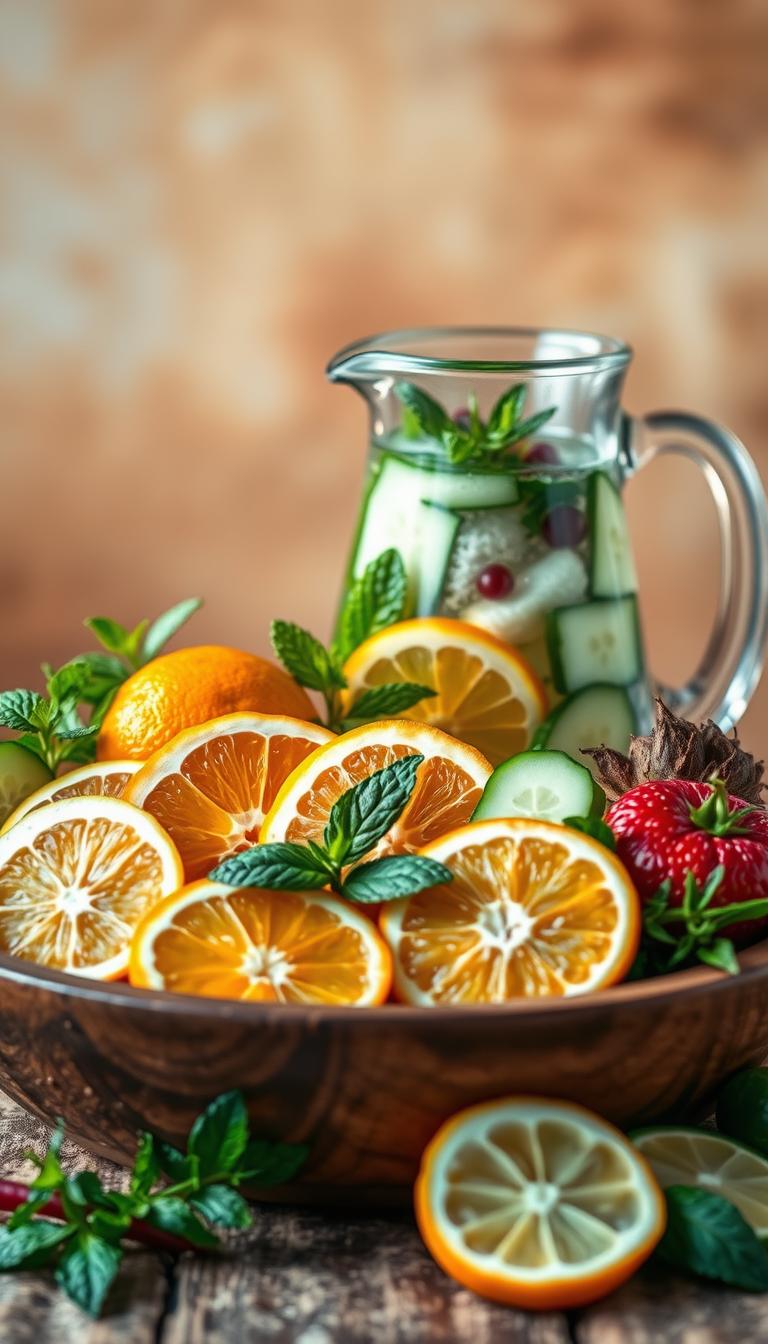
Ever felt like your body’s been fighting an invisible battle? Signs like fatigue, joint stiffness, or brain fog might mean chronic inflammation. This silent force is linked to diseases like diabetes, heart issues, and Alzheimer’s. The foods you choose today can either fuel this cycle or break it.
This isn’t just about weight loss; it’s about reclaiming your health. Imagine meals that fight inflammation instead of feeding it.
Your body deserves support, not strain. Chronic inflammation can linger for years. But science shows certain foods—like salmon, berries, and leafy greens—can calm it.
The Mediterranean approach, rich in olive oil and fiber, is a proven strategy. Think of it as your daily armor against hidden health threats. Every meal is a choice to protect your heart, joints, and mind.
Key Takeaways
- Chronic inflammation drives diseases like diabetes and heart disease.
- The best anti-inflammatory diet focuses on omega-3s, antioxidants, and whole foods.
- Mediterranean principles prioritize vegetables, healthy fats, and limited processed items.
- Avoid added sugars, trans fats, and deep-fried foods to reduce risk.
- Small swaps—like olive oil over butter—add up to big health wins.
Understanding Inflammation: Friend or Foe to Your Body?
Your body reacts to injury or infection with inflammation. Acute inflammation is a short-term protector, like when a scraped knee heals. But chronic inflammation lasts too long and harms your health. Let’s explore how this process works and why it’s important for your well-being.
Acute vs. Chronic Inflammation: What’s the Difference?
- Acute: A quick reaction to injury or infection. Swelling, redness, and pain signal healing. Think of a sprained ankle or a cut healing.
- Chronic: Lasts months or years. Silent damage occurs, leading to diseases like heart disease or diabetes.
How Inflammation Affects Your Health
Chronic inflammation is linked to serious conditions. Let’s look at key links:
| Disease | Connection to Inflammation |
|---|---|
| Heart disease | Plaque buildup in arteries |
| Type 2 diabetes | Insulin resistance from fat tissue inflamation |
| Autoimmune diseases | Immune system attacking healthy cells |
Common Signs of Chronic Inflammation
Watch for these clues your body might be inflamed:
Fatigue that won’t go away, persistent joint pain, skin rashes, digestive issues, or unexplained weight changes. These signs hint at chronic inflamation. Ananti inflammation dietorinflammation reducing foodsis vital for prevention.
While over-the-counter meds can ease acute pain, long-term solutions focus on lifestyle. Simple swaps like eating more leafy greens or omega-3 rich fish may help reduce your risk. Your choices today could protect you from silent, harmful inflamation down the line.
The Science Behind How Diet Impacts Inflammation
What you eat affects your body’s fight against inflammation. Foods like processed items, red meats, and sweets can start inflammation. They raise blood sugar and stress your gut. Think of your plate as a battlefield—each bite can either add to or reduce inflammation.
Studies reveal a healthy inflammation fighting diet can lower disease risk by more than 60%. Let’s explore the science behind it.

Anti-inflammatory nutrients act as tiny warriors. Omega-3s from fish and flaxseed stop enzymes that cause inflammation. Antioxidants in berries and greens fight off cell damage. Foods high in fiber, like beans, feed good bacteria in your gut, keeping your gut lining strong.
- Processed meats and sugary drinks raise CRP (a key inflammation marker) by 30% in just 2 weeks.
- The Mediterranean diet reduced CRP levels by 22% in clinical trials, outperforming low-fat diets.
- Vegetarian diets cut C-reactive protein (CRP) by 15-20% compared to meat-centric eating patterns.
Your gut loves plant-based foods. A anti-inflammatory eating plan focuses on whole foods like berries, nuts, and fatty fish. Choosing olive oil over butter is a smart move. It replaces bad fats with good ones.
Even small changes can help. Swapping white rice for quinoa can keep blood sugar stable. This is important for your body’s health.
Research shows diets full of refined carbs and trans fats can harm your heart. But, diets rich in turmeric and green tea can fight inflammation. Every meal is a chance to help your body heal.
Key Benefits of Following an Anti Inflammation Diet
Choosing the best anti-inflammatory diet can change your health. It fights chronic inflammation that causes pain, heart problems, and brain fog. This diet includes foods that reduce swelling and help your body stay healthy.

“The Mediterranean diet’s focus on olive oil, fish, and vegetables lowers inflammatory markers, as shown in over 20 clinical trials.”
| Benefit | How It Helps | Example Foods |
|---|---|---|
| Reduced Pain | Omega-3s in salmon and turmeric combat joint pain | Fatty fish, ginger, leafy greens |
| Heart Health | Lower LDL cholesterol and blood pressure | Olive oil, nuts, avocado |
| Digestive Relief | Probiotics and fiber soothe gut lining | Kimchi, flaxseeds, berries |
| Mental Clarity | Omega-3s support brain function and mood | Walnuts, dark chocolate, leafy greens |
Reduced Pain and Joint Discomfort
Chronic pain from arthritis or backaches often eases when you cut out processed sugars and fried foods. Anti-inflammatory staples like salmon and turmeric block pain signals, helping joints feel lighter.
Improved Heart Health and Circulation
The best anti-inflammatory diet lowers CRP levels tied to heart disease. By swapping red meat for fatty fish and snacking on nuts, you reduce artery-clogging fats and improve blood flow.
Enhanced Digestive Function
Leafy greens and fiber-rich foods like beans repair gut lining damage caused by processed snacks. This reduces bloating and supports a balanced microbiome, easing IBS symptoms.
Better Mental Clarity and Mood
Eating anti-inflammatory foods like blueberries and walnuts boosts serotonin production. Studies show this diet lowers depression risk by calming brain inflammation.
Switching to this diet isn’t just about avoiding pain—it’s a roadmap to energy, focus, and vitality. Small changes like swapping chips for almonds add up to big results.
Top Foods That Fight Inflammation Naturally
Eating the right foods can help fight chronic inflammation. natural anti-inflammatory foods work quietly to reduce swelling and protect your cells. Let’s explore what to add to your plate today.
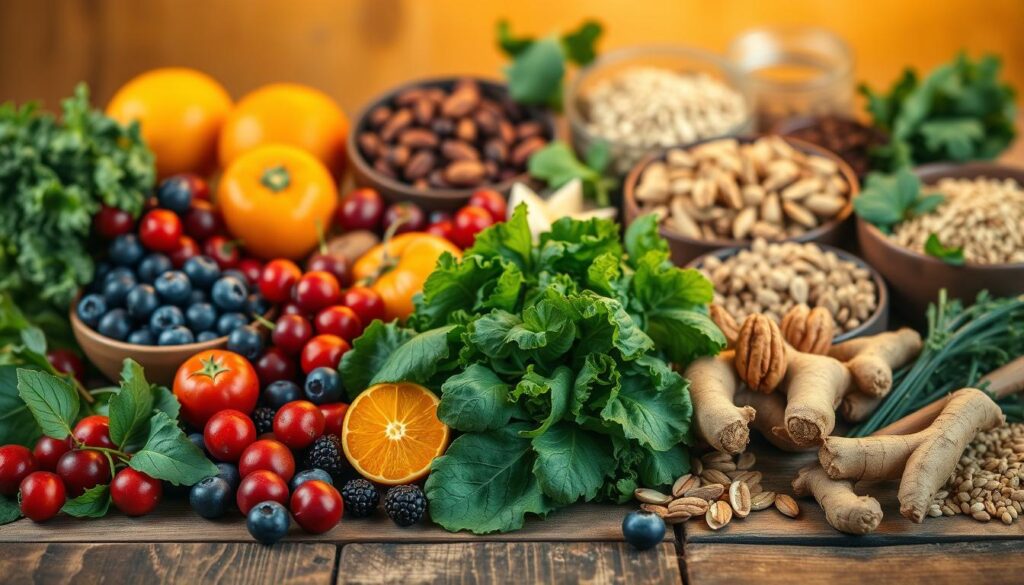
- Berries & Bright Fruits: Blueberries, strawberries, and cherries burst with anthocyanins. Studies show eating 1 cup daily can lower CRP, a key inflammation marker.
- Greens That Guard: Broccoli’s sulforaphane fights inflammation at the cellular level. Add spinach to salads—vitamin K in these leafy greens shields against chronic disease.
- Fats That Heal: Salmon delivers omega-3s that quiet joint pain. Drizzle salads with olive oil; its oleocanthal mimics ibuprofen’s effect on inflammation.
- Spice Up Your Meals: Turmeric’s curcumin slashes arthritis pain when taken daily. Sprinkle cinnamon on oatmeal—it’s packed with anti-inflammatory polyphenols.
“A 2018 study found berries reduced cancer progression by blocking inflammatory pathways.”
Pair these foods that fight inflammation with simple swaps: swap butter for avocado in dips or try walnuts instead of croutons. Small changes add up—your body will thank you!
Foods to Limit or Avoid on Your Anti Inflammation Diet
Your anti-inflammatory eating plan gets stronger when you know what to skip. Some foods can make inflammation worse, undoing the good of inflammation reducing foods. Here’s what to cut down on for better health.
- Red meats (steak, burgers) high in saturated fats
- Processed meats (bacon, sausages, cold cuts)
- Commercial baked goods (cookies, cakes, pastries)
- White bread, white pasta, and sugary cereals
- Deep-fried foods (French fries, donuts)
- Sodas, energy drinks, and fruit juices with added sugar
- Trans fats (margarine, fried snacks, packaged baked goods)
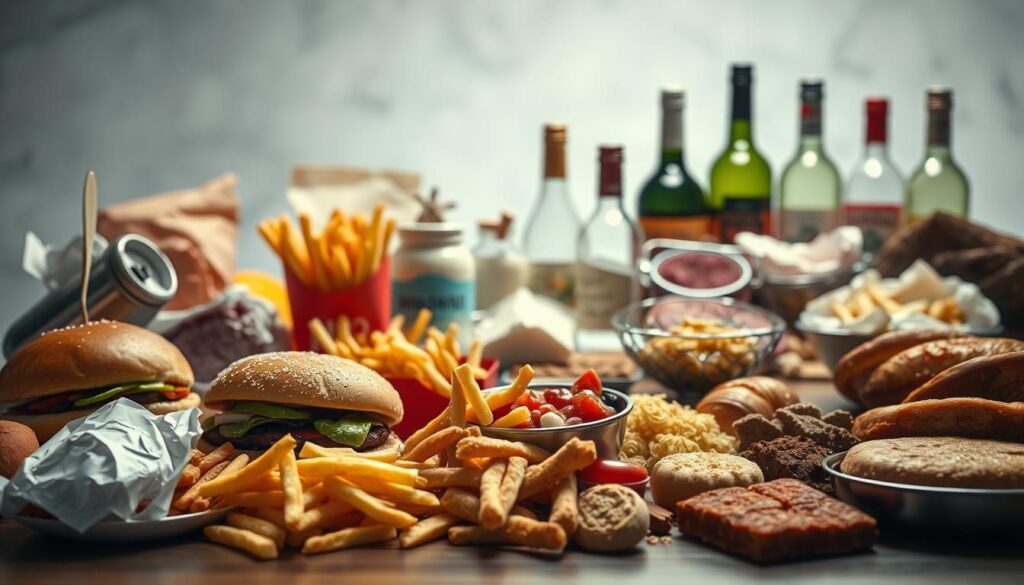
| Avoid | Swap For |
|---|---|
| White rice | Quinoa or brown rice |
| Mayonnaise | Avocado spread |
| Processed cheese | Plain Greek yogurt |
| Salt-laden chips | Roasted chickpeas |
| Sugary cereal | Steel-cut oats with berries |
“A 2017 study found vegan or vegetarian diets reduce inflammatory biomarkers over two years.”
Start with small changes. Swap one fast-food meal a week for grilled salmon and veggies. This reduces inflammation. Always check labels for hidden sugars or hydrogenated oils. Even simple choices, like whole-grain bread instead of white, can help.
Remember, an anti-inflammatory eating plan is about progress, not perfection. Your body will reward you with less pain, clearer skin, and more energy over time.
Creating Your Personalized Anti-Inflammatory Eating Plan
Creating an anti-inflammatory eating plan that fits your life is all about being flexible. The Mediterranean diet is a great start. It’s full of olive oil, salmon, and leafy greens. Here’s how to make it work for you:
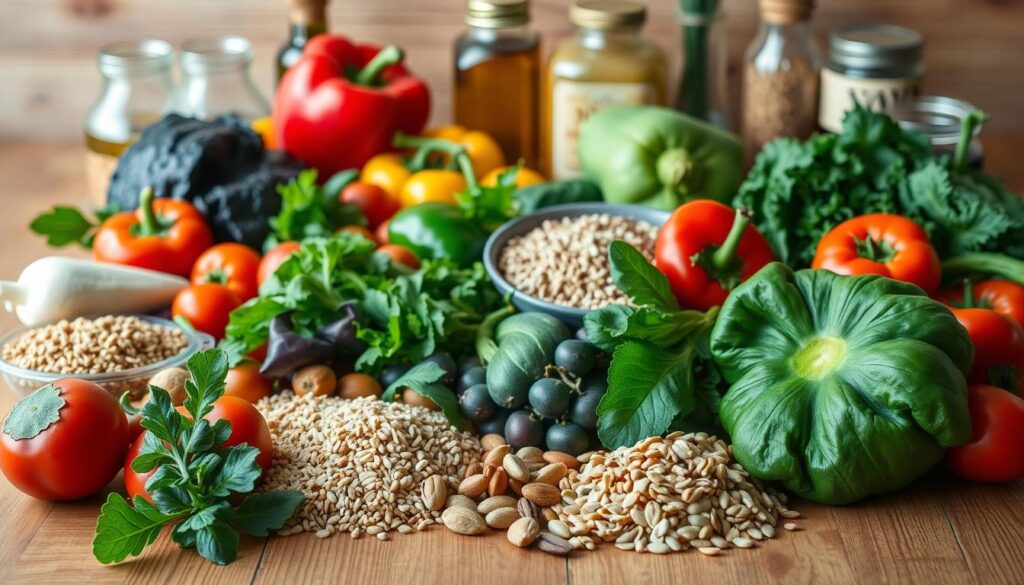
Sample 7-Day Anti Inflammation Meal Plan
Make your meals tasty and healthy with these ideas:
- Breakfast: Oatmeal with berries and walnuts (150g)
- Lunch: Grilled chicken salad with avocado and olive oil dressing
- Dinner: Baked salmon with quinoa and roasted broccoli
- Snack: Apple slices with almond butter
Smart Substitutions for Inflammatory Ingredients
Replace bad stuff with better choices:
- Mayonnaise → Avocado mash
- French fries → Roasted sweet potato wedges
- Butter → Olive oil and garlic
- Processed snacks → Trail mix (nuts + seeds)
Portion Control and Timing Tips
Eat regularly to keep your energy up. Try to:
- Stay at 1,500-2,000 calories a day, depending on your goals
- Get 30-40g of protein at each meal to feel full
- Have small snacks between meals to avoid getting too hungry
Watch your sodium intake (keep it under 2,300mg a day). Choose foods high in fiber like pear slices or whole-grain bread. Even small changes, like switching to oatmeal with cinnamon instead of sugary cereal, can make a big difference.
Real-Life Success Stories: Transformations Through Anti-Inflammatory Eating
Thousands have changed their health by following the anti inflammation diet. People like Vidya Balan show big improvements from a healthy inflammation fighting diet. They found that better food choices can prevent over 60% of chronic diseases.
“My eczema vanished in four days after cutting out dairy and sugar!”
| Name | Challenge | Changes Made | Results | Timeframe |
|---|---|---|---|---|
| Vidya Balan | Joint pain, 75kg weight | Whole foods, eliminated processed items | Lost 10kg (13.3%) | 4–5 months |
| Anonymous Participant | Eczema, bloating | Added walnuts, turmeric, and flaxseeds | Skin healed, reduced puffiness | 4 days to 6 weeks |
| Another Case | Chronic fatigue | Meal plan with chia seeds and beet powder | 24 lbs lost, higher energy | 3 weeks–6 months |

- Key strategies: daily avocado snacks, 20 oz water upon waking
- Supplements like Onnit Krill Oil reduced joint pain for many
- Budget tip: swapping meat for legumes kept costs steady
These stories show the anti inflammation diet is more than weight loss. It’s about feeling better in body and mind. People noticed clearer skin, fewer aches, and better sleep.
Your journey begins with small changes. Try adding turmeric to meals or swapping chips for walnuts. Every step brings you closer to lasting change.
Common Challenges and How to Overcome Them
Keeping an anti-inflammatory diet can seem hard, but small changes help a lot. We’ll face issues like eating out, budgeting, and staying on track with easy steps.
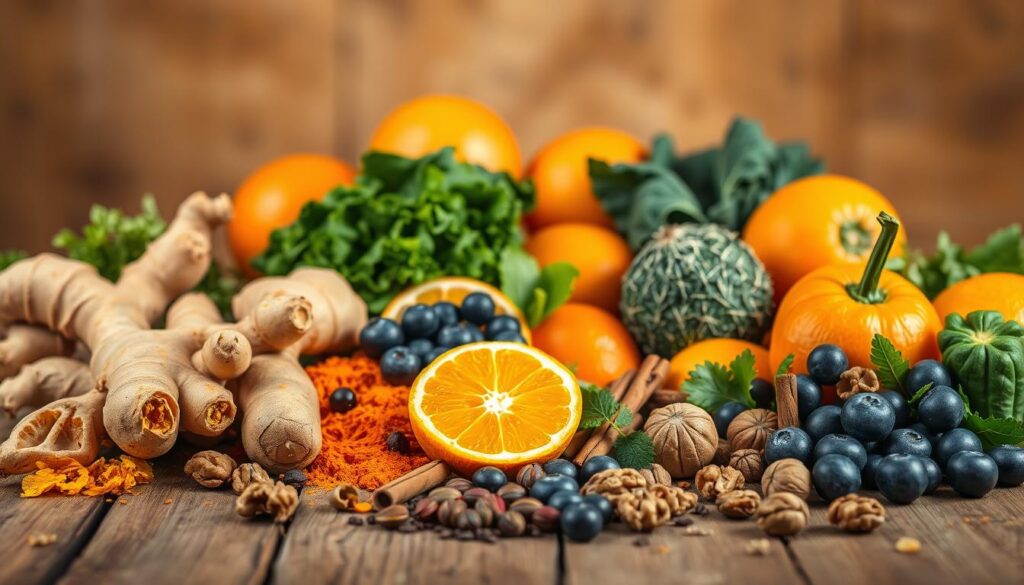
dining out while following an anti-inflammatory diet>Choose restaurants with options like grilled salmon or quinoa salads. Ask servers to swap fries for steamed veggies or use olive oil instead of butter. Thai or Mediterranean spots often highlight natural anti-inflammatory foods like turmeric or tahini.
- Request dressings and sauces on the side to control portions.
- Opt for dishes with leafy greens, like a beet and walnut salad.
budget-friendly tips for inflammation-fighting foods>Stock up on frozen berries or bulk bags of walnuts—they’re packed with omega-3s and cost less than fresh options. Seasonal produce at farmers’ markets or store-brand frozen veggies keep costs down without sacrificing quality.
- Use canned beans in soups or salads for fiber-rich, budget-friendly meals.
- Batch-cook lentil or chickpea dishes for easy, repeatable meals.
maintaining motivation for long-term success>Track non-scale wins like improved energy or less joint stiffness in a journal. Celebrate progress with non-food rewards like a new workout playlist or a walk in nature.
“Small, consistent choices build lasting habits,” says the University of Chicago Medicine. “Focus on progress, not perfection.”
- Use canned beans in soups or salads for fiber-rich, budget-friendly meals.
- Batch-cook lentil or chickpea dishes for easy, repeatable meals.
maintaining motivation for long-term success>Track non-scale wins like improved energy or less joint stiffness in a journal. Celebrate progress with non-food rewards like a new workout playlist or a walk in nature.
“Small, consistent choices build lasting habits,” says the University of Chicago Medicine. “Focus on progress, not perfection.”
“Small, consistent choices build lasting habits,” says the University of Chicago Medicine. “Focus on progress, not perfection.”
Pair your efforts with physical activity—like a 30-minute walk—to boost mood and energy. Need inspiration? Swap sugary snacks for almonds or dark chocolate, both linked to reduced inflammation.
Remember, even small steps like swapping fries for sweet potato wedges or choosing broth-based soups add up. Stick to a 1,500 calorie range with balanced meals, and prioritize whole foods over restrictive diets. You’ve got this!
Conclusion: Your Journey to Better Health Through Anti-Inflammatory Eating
Your anti inflammation meal plan is more than just food. It’s a path to a healthier, more vibrant life. Eating berries, leafy greens, and omega-3s helps fight chronic inflammation. This can prevent heart disease, arthritis, and more.
Small changes make a big difference. Try swapping sugary snacks for nuts or grilling salmon instead of frying. These changes add up over time.
Combine your diet with daily exercise, rest, and stress-reducing activities like yoga. Studies show walking 30 minutes a day can lower inflammation. Stress management keeps your body balanced.
Choose whole grains like oats or quinoa to lower heart disease risk by 21%. Enjoy green tea for its LDL-protective benefits. Every choice you make helps fight inflammation.
You don’t have to change everything at once. Start with one swap, like replacing soda with herbal tea or adding a salad to lunch. Look for anti inflammation meal plans online or try the Mediterranean diet. It’s proven to reduce inflammation.
Remember, consistency is key, not perfection. Celebrate every step forward. Your health is a lifelong journey.
By embracing an anti-inflammatory lifestyle, you invest in energy and long-term wellness. Your body deserves fuel that supports it, not fights against it. Take the first step now—your future self will thank you.

